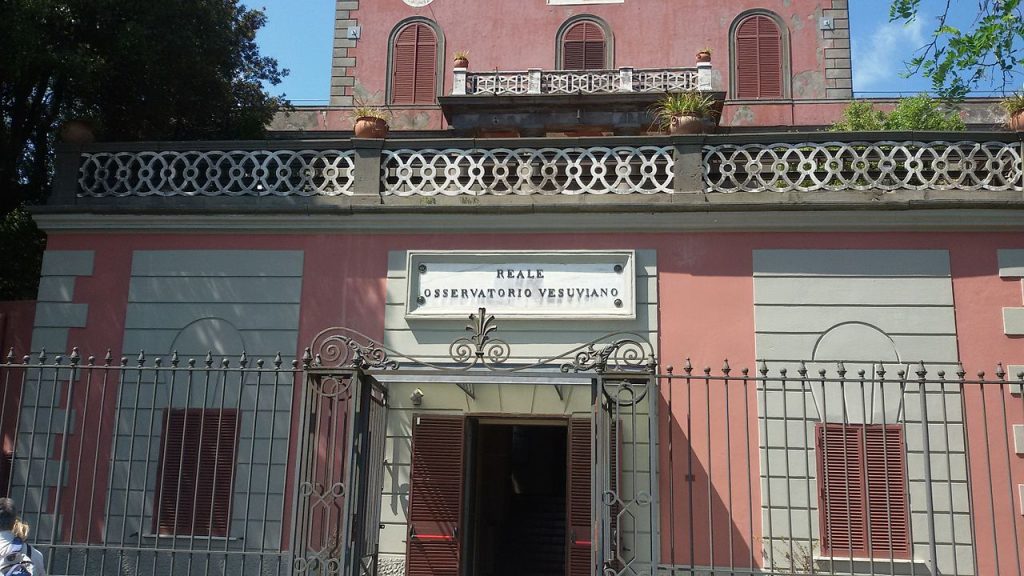
The Vesuvius Observatory of the National Institute of Geophysics and Volcanology (INGV), the world’s oldest volcano observatory – founded in 1841 by Ferdinand II of Bourbon, King of the Two Sicilies – has been connected to the GARR fibre optic network.
Located on the Colle del Salvatore hill, at 608 metres above sea level, in Ercolano, the Observatory has a strategic role in monitoring Vesuvius, a densely populated area. The Observatory’s elevated location, on the side of the volcano, is also strategic for collecting monitoring data from other observation sites in the area, from Campi Flegrei to Ischia.
The connection of the Ercolano site to GARR’s national fibre optic network, dedicated to education and research, will support and expand the real time seismic and volcanic monitoring activities and represents a major step forward in terms of reliability and efficiency.
“The connection of our historical premises to fibre has a great technological importance and will allow us not only to enhance our scientific and monitoring activities, but also to offer visitors to the adjacent Museum new educational, training and dissemination activities based on connectivity,” commented Francesca Bianco, Director of the INGV-Vesuvian Observatory.
“One of GARR’s key objectives is to offer all researchers the best conditions for performing their research, regardless of the location,” said Claudia Battista, coordinator of the Network Department and deputy director at GARR.
The Vesuvius Observatory brings to seventeen the number of INGV sites connected to the GARR network, some of which facing great digital divide.

